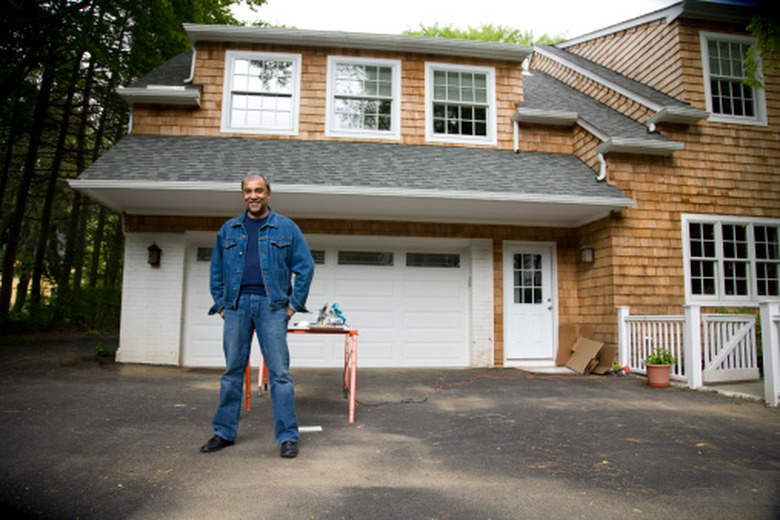Rebar Installation
Things Needed
- Rebar tie wire
- Rebar hand tying tool
- Rod with a hook on the end
- Rocks, bricks or rebar supports
Rebar is used to strengthen concrete slabs and structures. The rebar allows the concrete to bend and flex without cracking and breaking. It reinforces the concrete so that tension will not damage it, and eliminates soft spots in the concrete. Rebar also extends the life of the concrete. Rebar is typically available in 20- to 60-foot lengths. The bars will have a regularly spaced pattern of bumps or swirls that help the concrete grip the rebar.
Step 1
Choose the appropriate rebar for your concrete project. See the chart in the references section. For example, patios use 3/8-inch rebar, while driveways use either 3/8 or ½ or 5/8-inch rebar, depending on the weight load of the vehicles that will be driving on the driveway.
- Rebar is used to strengthen concrete slabs and structures.
- The rebar allows the concrete to bend and flex without cracking and breaking.
Step 2
Place your rebar in a grid pattern throughout your project area. Overlap any pieces that do not reach from one end of the project to the other by 18 inches to ensure its stability. Position each piece evenly, so your squares are even throughout your project. For driveways pieces should be positioned every 15 to 18 inches, while patios can have them spaced every 24 inches. Always keep your rebar the same distance from each edge of the project. The heavier the weight load is, the closer your rebar should be positioned.
Step 3
Tie the rebar together using rebar tie wire. Wrap the wire securely around any area with two or more rebar sections intersecting or overlapping. Use a rebar hand-tying tool to tie them together securely.
- Place your rebar in a grid pattern throughout your project area.
- Always keep your rebar the same distance from each edge of the project.
Step 4
Install bent rebar at all the corners. Tied corners are weak, so bent rebar will be stronger and hold up better in the corners of your project.
Step 5
Place rebar supports, bricks or stones under your rebar to keep it at the same level while the concrete is poured. Push the rebar into the center of the concrete surface using a rod with a hook on the end after the concrete is poured and before it is smoothed out.
Tip
Check your local building codes for rebar requirements if you are building a structure, footings or a foundation.
